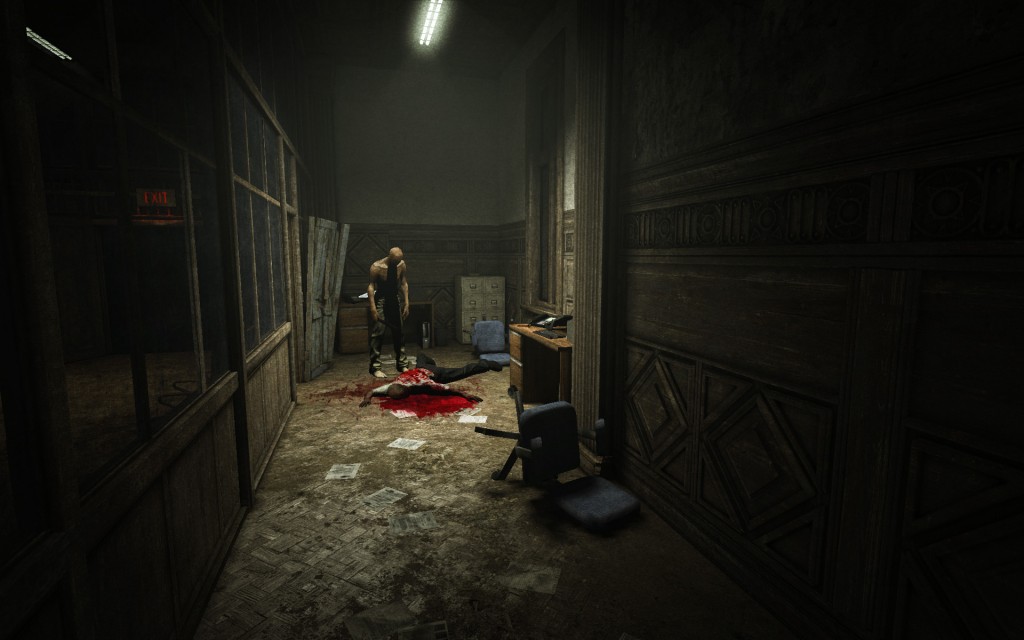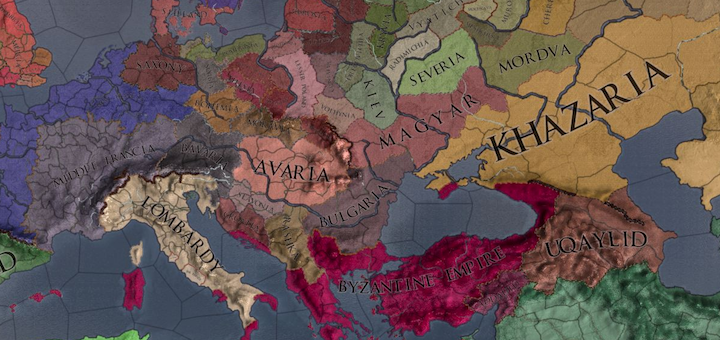At Tuesday’s Gamescom conference, Sony continued to reiterate their support of indie game developers by emphasizing the accessible marketplace that the PS4 will offer for independent publishing. Not to be outdone, and perhaps as another one of their new measures to secure their role as a competitor on the next generation market, Microsoft introduced their ID@Xbox program that encourages indie developers to publish on the upcoming Xbox One. This comes as an encouraging response to previous rumors that Microsoft wasn’t going to allow self-publishing, which would have been a major blow not only to the ingenuity and creativity that indie games so often bring to a market dominated by AAA shooters and sequels, but to the art of narrative in games as well. As a writer, I believe that this attention to plot and storyline found in many indie games is one of the niche’s greatest strengths, harmonizing gameplay with storytelling in a way that so many mainstream games fail to do.
Boon Hill, a game successfully fund raised on Kickstarter after meeting more than twice its target goal, is a game without a goal. It has no enemies, no battles, and no danger. In many ways the graveyard simulator challenges the standard combat-centered definition of what a game must be and may not be the experience a traditional gamer is looking for, but it offers so much more. What it offers is a chance to explore and piece together threads of an overarching tale of life and death; to shape your own experience as the player; and the opportunity to, albeit on a perhaps more basic level, play though a game that harnesses the power of interactive storytelling in a way that I believe many AAA games are afraid to.
It is this fear and the stigma that the inclusion of narrative in games brings during game development that I believe is why so few games place an emphasis on it. Raph Koster exemplifies this in his book A Theory of Fun for Game Design. While he does mention the ability of the player to learn through storytelling, he simultaneously undermines said statement by placing his emphasis on the potency of gameplay and stressing the mathematical strategic level as what attracts players. Here he also dismisses the appeal of stories in games, treating them like add-ons, equivalent to graphics, music, and artistic design (the lack of respect for which is a fault in and of itself, as many successful indie games are often praised for their artistic merit), and as something that players are not very invested in. Although this is a complex topic and filled with many conflicting opinions, this outlook is flawed and limits the creative potential of games. Storytelling is a primary way of introducing morality, social conflict, and even direction to games, and the seeming disrespect it gets from some developers that see it as unprofitable or unfavorable to the market.
Indie games, on the other hand (for the most part anyway), allow developers to break free from conventions. They offer a venue and a means to challenge the formulas so often considered to be what makes a blockbuster game, especially when it comes to those formulas that call for the exclusion of or a de-emphasis on narrative. The ultimate success of games, at least in my opinion, is a harmonious fusion between gameplay and narrative, one in which the gameplay complements the narrative and progresses the story in a way that does not fall into the rut of being too linear. While this is quite a challenge to achieve successfully, small scale and independent game mediums seem to be the outlet most successful, perhaps even most suited, for doing so. As evidenced by successes like Journey, harkened for its creativity even in its simplicity, and even Boon Hill, which raised above and beyond the amount necessary to produce the game, the interest for a story-driven game is there and such games are often highly praised for their innovation. Furthermore, with mostly crowd-driven funding and smaller budgets, indie games find unique and interesting ways in which to tell their stories, many of which are untraditional, including the absence of dialogue. Thus the medium evolves, growing more and more innovative, and storytelling within it grows as well.
It is common for the gaming industry to not place much attention on narrative when developing mass marketed games, especially when a malfunctioning story can become a strong liability on the game even if the gameplay itself if successful. However, as both Sony and Microsoft make pledges towards supporting indie game development, growth in games as a storytelling medium seems to be on the increase as indie games press the boundaries of what makes a video game and offer the industry innovative ways of incorporating narrative.




